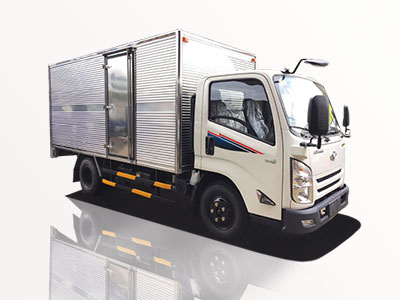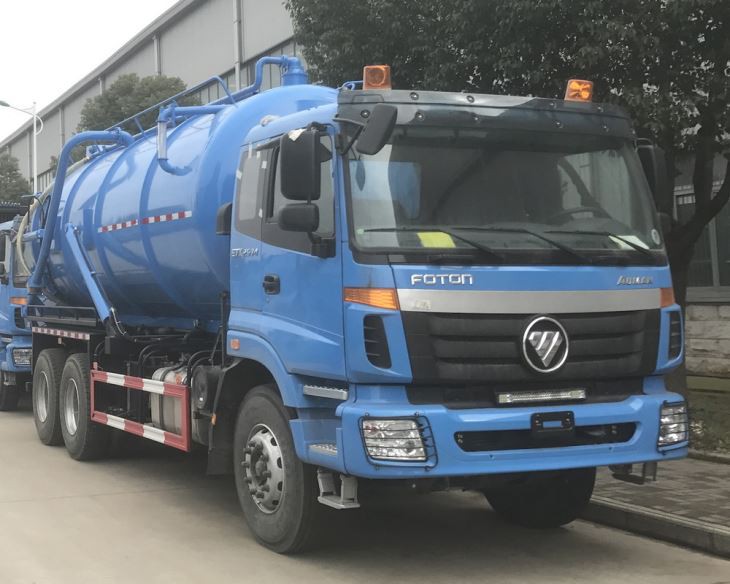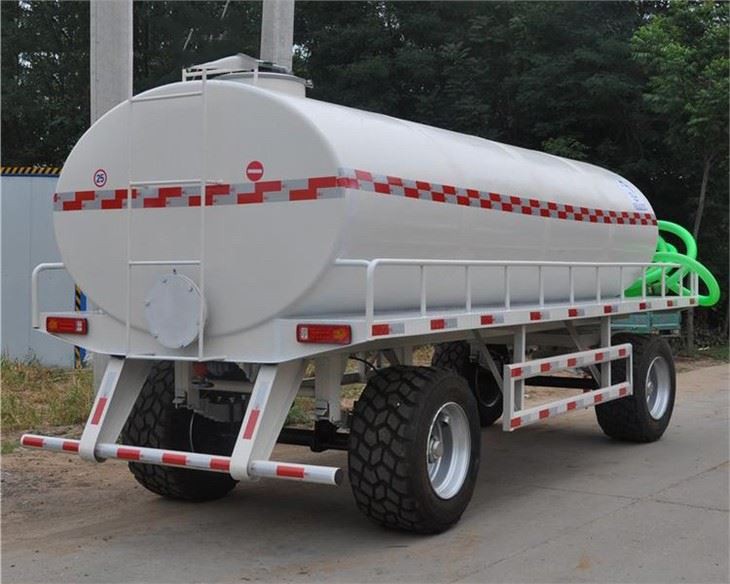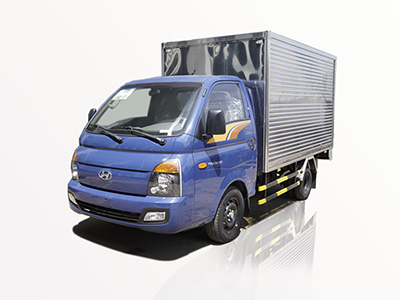The fire truck chassis is the foundation upon which firefighting vehicles are built. It is an essential component of fire truck design, affecting performance, safety, and utility. This comprehensive article dives into the world of fire truck chassis, exploring their types, specifications, importance, and much more. Understanding fire truck chassis will not only benefit fire department officials and vehicle manufacturers but also anyone with a keen interest in emergency services and automotive engineering.
Table of Contents
- What is a Fire Truck Chassis?
- Types of Fire Truck Chassis
- Key Components of Fire Truck Chassis
- Choosing the Right Chassis for Fire Trucks
- Construction and Materials Used
- Maintenance and Care of Fire Truck Chassis
- Safety Features in Chassis Design
- Technological Advancements in Fire Truck Chassis
- Case Studies and Examples
- Frequently Asked Questions
What is a Fire Truck Chassis?
A fire truck chassis is the basic framework of the vehicle that supports various firefighting equipment and components. Unlike standard vehicle chassis, fire truck chassis are specifically designed to carry heavy loads, withstand extreme conditions, and provide optimal functionality for emergency response. The chassis serves not only as the structural support but also houses critical components like the engine, transmission, and suspension system.
Importance of Fire Truck Chassis
The importance of a robust fire truck chassis cannot be overstated. A well-designed chassis contributes to the vehicle’s performance, handling, and safety, making it essential for effective emergency response. The chassis must be able to support heavy firefighting equipment, including water tanks, hoses, and ladders, while maintaining stability and maneuverability.
Types of Fire Truck Chassis
Fire truck chassis can be categorized based on various criteria such as design, configuration, and purpose. Understanding these types will aid departments in selecting the right vehicle for their needs.
1. Conventional Chassis
Conventional chassis are designed with the cab and engine in a front-mounted configuration. This design provides excellent visibility for the driver and is commonly used for traditional fire trucks.
2. Cab and Chassis
A cab-and-chassis configuration separates the cab from the cargo area, allowing for customization. This type is particularly useful for specialized fire apparatus.
3. Forward Control Chassis
Forward control chassis place the driver’s seat above the front axle, maximizing space for equipment. These are often used for compact fire trucks, improving maneuverability in urban settings.
4. Custom Chassis
Custom chassis are tailored to specific needs, incorporating unique features that address the requirements of particular fire departments. These can be expensive but often enhance efficiency.
Comparison Table of Fire Truck Chassis Types
| Type | Advantages | Disadvantages |
|---|---|---|
| Conventional Chassis | Good visibility, straightforward design | Limited customization |
| Cab and Chassis | Highly customizable, flexible configurations | Potentially higher costs |
| Forward Control Chassis | Improved maneuverability in tight spaces | Less protection for the driver in accidents |
| Custom Chassis | Tailored to specific needs, innovative features | High cost, longer production time |
Key Components of Fire Truck Chassis
Understanding the main components of fire truck chassis is essential for stakeholders involved in manufacturing, purchasing, or maintaining these vehicles.
1. Frame
The frame is the backbone of the chassis, providing structural integrity. It must be made from strong materials to handle heavy loads and external impacts.
2. Suspension System
A robust suspension system is crucial for a smooth ride, given the weight of firefighting equipment. The suspension helps absorb shocks and improve stability during operation.
3. Axles
Bear the weight of the fire truck and maintain stability. Durable axles are essential for handling the heavy loads carried by fire trucks.
4. Engine
The engine type and size directly influence the truck’s performance. Fire trucks typically use powerful diesel engines to ensure sufficient power for rapid response.
5. Transmission
This component transfers power from the engine to the wheels and is critical for performance. Automatic transmissions are commonly preferred for ease of use.
6. Tires
The right tires enhance grip and stability. Fire trucks often use specialized tires designed for various terrains and conditions.
Choosing the Right Chassis for Fire Trucks
Selecting the appropriate chassis for a fire truck project involves numerous considerations, as each fire department has unique requirements based on geography, response times, and types of emergencies faced.
1. Assessing Department Needs
Departments must evaluate their needs, including the size of their jurisdiction, typical emergency scenarios, and required equipment. For example, urban departments may prefer a smaller chassis for maneuverability, while rural departments may require larger trucks with greater capacities.
2. Weight Capacity
The weight capacity is one of the most important factors. Fire trucks must carry heavy equipment, so chassis should be able to accommodate this weight without compromising performance.
3. Terrain and Environment
Departments should consider the terrain they will operate in. Off-road capabilities may be needed for rural areas, while urban departments require chassis that can navigate narrow streets.
4. Budget Considerations
Cost is always a factor in decision-making. Finding a balance between chassis specifications and budget constraints is crucial for many fire departments, especially those with limited funding.
Construction and Materials Used
The materials used in constructing fire truck chassis can greatly influence durability and performance. Here’s a look at common materials.
1. Steel
Steel remains the most commonly used material for fire truck chassis frames due to its strength and cost-effectiveness. However, it can add significant weight to the vehicle.
2. Aluminum
Aluminum is lighter than steel, improving fuel efficiency and maneuverability. But it typically costs more and can be less robust under heavy strains.
3. Composite Materials
Some modern fire truck chassis incorporate composite materials that offer enhanced strength-to-weight ratios. These materials are still emerging but show promise for future developments.
Comparison of Materials Used
| Material | Advantages | Disadvantages |
|---|---|---|
| Steel | Affordable, highly durable | Heavy, prone to rust |
| Aluminum | Lightweight, resistant to corrosion | Higher cost, less strength |
| Composite | High strength-to-weight ratio | Still in development, potentially higher costs |
Maintenance and Care of Fire Truck Chassis
Regular maintenance is crucial for ensuring the longevity and performance of a fire truck chassis. Here are key maintenance practices to consider.
1. Regular Inspections
Regular inspections can help identify potential issues before they become serious problems. Fire departments should have a checklist for chassis inspection that includes checking the frame, axles, and suspension.
2. Lubrication of Moving Parts
Proper lubrication helps in minimizing friction and wear on moving parts. Departments should establish a schedule for lubricating components of the chassis, such as shifting mechanisms and suspension parts.
3. Cleaning
Keeping the chassis clean is essential, especially in preventing corrosion and buildup of dirt that can affect performance. It’s advisable to wash the vehicle regularly and to pay attention to any damaged paint coatings.
4. Tire Maintenance
Tires must be checked for wear, proper inflation, and alignment. This ensures better handling and stability while driving, especially under heavy loads.
Safety Features in Chassis Design
Safety in fire truck design is of utmost importance. Many advanced safety features are integrated into modern fire truck chassis.
1. Anti-lock Braking Systems (ABS)
ABS helps prevent wheel lockup during braking, allowing the driver to maintain control in emergency situations. This feature is becoming standard in many fire trucks.
2. Stability Control Systems
Stability control systems aid in preventing rollovers, which can be a risk given the weight and height of fire truck chassis.
3. Crumple Zones
Crumple zones are structural components designed to absorb energy during an impact, minimizing injury to the occupants in case of an accident.
4. Visibility Enhancements
Features such as larger mirrors and spotlight systems are essential for improving the driver’s visibility, especially during tight maneuvers in urban environments.
Technological Advancements in Fire Truck Chassis
The fire truck industry is rapidly evolving, driven by technological advancements that are reshaping chassis design and functionality.
1. Electric Fire Trucks
The introduction of electric fire trucks marks a significant shift away from traditional diesel engines, promoting better efficiency and lower emissions. These vehicles are proving to be quieter and more environmentally friendly.
2. Smart Chassis Technology
Smart technology in chassis design includes integrated navigation systems, real-time diagnostics, and telemetry that provide crucial data during operations. This technology can enhance decision-making and response strategies.
3. Improved Motorization Technologies
Innovative motor technologies are providing fire trucks with more power while using less fuel, addressing the challenges of performance and efficiency.
4. Advanced Driver Assistance Systems (ADAS)
ADAS technologies such as Collision Avoidance Systems, Lane Departure Alerts, and Automatic Emergency Braking are being integrated into fire trucks to enhance safety and reduce the risk of accidents during emergency responses.
Case Studies and Examples
Learning from real-world examples of fire truck chassis design can provide valuable insights for both manufacturers and municipal fire departments.
1. Case Study: Urban Fire Department
An urban fire department implemented a custom chassis designed for high maneuverability and stability. The result was a marked improvement in response times to emergency calls in congested areas.
2. Case Study: Rural Fire Service
A rural fire service opted for a larger fire truck chassis capable of carrying extensive firefighting equipment and water supply. This choice improved their ability to combat wildfires effectively.
3. Example: Innovative Use of Materials
A forward-thinking manufacturer successfully introduced a new composite material chassis that reduced weight while maintaining strength. This allowed for better fuel efficiency and easier handling.
Frequently Asked Questions
1. How much does a fire truck chassis cost?
The cost of a fire truck chassis can vary widely depending on type and specifications, ranging anywhere from $100,000 to over $500,000 for custom models.
2. What is the lifespan of a fire truck chassis?
With proper maintenance, a fire truck chassis can last anywhere from 15 to 25 years, depending on usage and environmental conditions.
3. Can fire truck chassis be modified?
Yes, many fire truck chassis can be modified to accommodate unique firefighting equipment or meet specific department needs. However, modifications must be carried out by professionals to ensure safety and compliance.
4. What are the benefits of a custom fire truck chassis?
A custom fire truck chassis allows for tailored specifications and features that enhance performance, efficiency, and adaptability to particular operational needs.
5. Are electric fire trucks viable options for fire departments?
Yes, electric fire trucks are becoming increasingly viable as technology improves, providing advantages like lower emissions, reduced fuel costs, and quieter operations, making them an attractive option for many departments.
6. What factors influence the choice of materials for fire truck chassis?
Factors include weight, durability, cost, and the intended use of the vehicle. Departments must weigh these considerations carefully based on their unique requirements.



